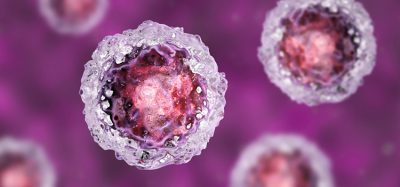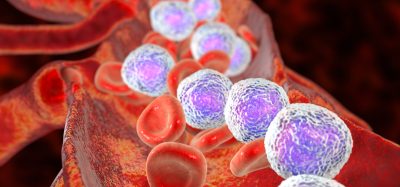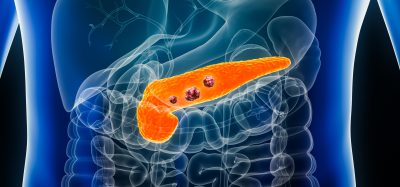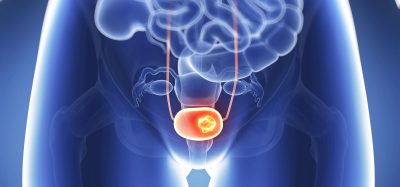A revolutionary technique to rejuvenate skin cells
Posted: 8 April 2022 | Ria Kakkad (Drug Target Review) | No comments yet
Researchers have developed a new method to rewind the age of skin cells by 30 years without losing their specialised functions.
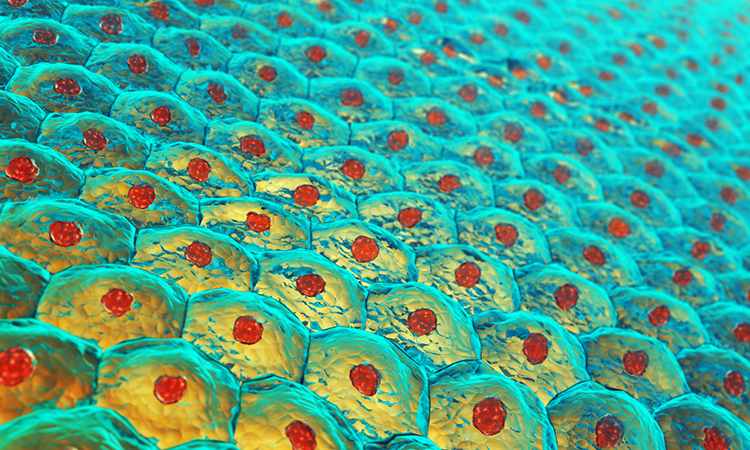
Scientists from the Babraham Institute, UK have developed a new technique to rejuvenate skin cells, allowing researchers to rewind the cellular biological clock by around 30 years, which is significantly longer than previous techniques. This could have implications for other regenerative medicines if it can be replicated in other cell types. The revolutionary research, which was recently published in eLife, allows for the rejuvenation of skin cells without losing their specialised function.
The new method, called maturation phase transient reprogramming, overcomes the problem of entirely erasing cell identity by halting reprogramming part way through the process. This allowed researchers to find the precise balance between reprogramming cells, making them biologically younger, without losing their specialised cell function. The technique exposes cells to Yamanaka factors for just 13 days, which is significantly less than the usual 50 days stem cell reprogramming takes using the four Yamanka factors. At this stage, age-related changes are removed, and the cells have temporarily lost their identity. The partly reprogrammed cells were given time to grow under normal conditions, to observe whether their specific skin cell function returned. Genome analysis showed that cells had regained markers characteristic of skin cells, fibroblasts, and this was confirmed by observing collagen production in the reprogrammed cells.
The researchers looked at multiple measures of cellular age: first is the epigenetic clock, where chemical tags present throughout the genome indicate age. The second is the transcriptome, all the gene readouts produced by the cell. According by these factors, the reprogrammed cells matched the profile of cells that were 30 years younger compared to reference data sets.
The possible applications of this technique are dependent on the cells not only appearing younger but functioning like young cells too. Fibroblasts produce collagen, helping provide structure to tissues and heal wounds. The rejuvenated fibroblasts produced more collagen proteins compared to control cells that were not reprogrammed. Fibroblasts also move into areas that need repairing. Researchers tested the partially rejuvenated cells by creating an artificial cut in a layer of cells in a dish. They found that their treated fibroblasts moved into the gap faster than older cells, highlighting that the research could eventually be used to create cells that are better at healing wounds.
Researchers noted that their method also influenced other genes linked to age-related diseases and symptoms. The APBA2 gene, linked with Alzheimer’s disease, and the MAF gene with a role in the development of cataracts, both showed changes towards youthful levels of transcription. Therefore, findings may also open other therapeutic possibilities, however, the researchers need to understand the mechanism behind the successful transient reprogramming.
“Our results represent a big step forward in our understanding of cell reprogramming. We have proved that cells can be rejuvenated without losing their function and that rejuvenation looks to restore some function to old cells. The fact that we also saw a reverse of ageing indicators in genes associated with diseases is particularly promising for the future of this work,” concluded Dr Diljeet Gill, a scientist on the study.
Related topics
Cell Regeneration, Gene Testing, Genome Editing, Genomics, Regenerative Medicine, Research & Development, Stem Cells, Therapeutics
Related conditions
Alzheimer’s disease, Cataract
Related organisations
Babraham Institute
Related people
Dr Diljeet Gill




